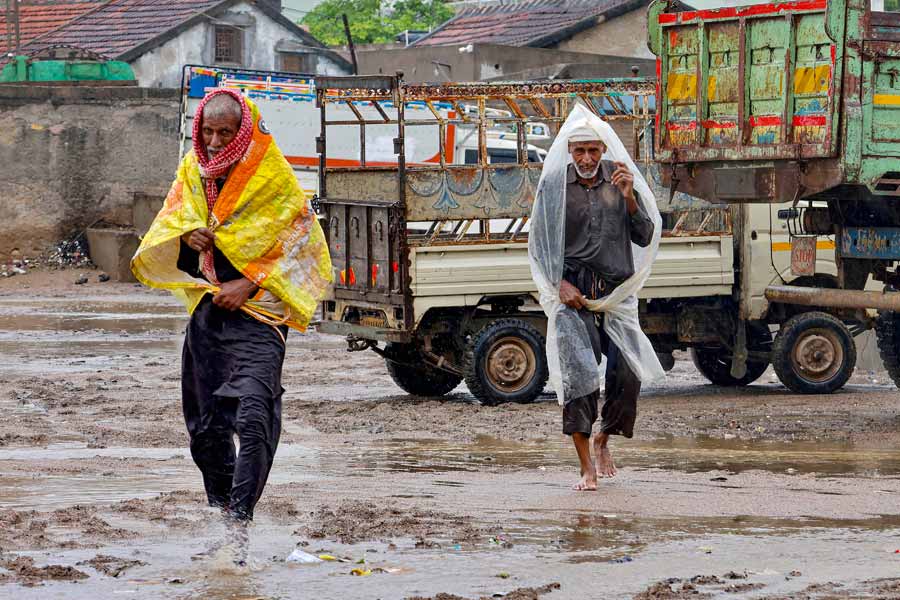The Supreme Court's decision on Friday rejecting pleas seeking complete cross-verification of votes cast using EVMs with a Voter Verifiable Paper Audit Trail (VVPAT) has brought the focus back on the paper trail machines.
To enhance transparency and verifiability in the poll process, the Conduct of Election Rules, 1961 were amended in 2013 to introduce the use of VVPAT machines. They were first used in the by-election to the Noksen assembly seat in Nagaland.
At least one ballot unit, one control unit and one VVPAT make up for an EVM.
The tentative cost of an EVM comprised Rs 7,900 per ballot unit, Rs 9,800 per control unit and Rs 16,000 per VVPAT.
Since 2019, VVPAT slips from five randomly selected polling stations per assembly constituency (or segment in the case of Lok Sabha seats) are matched with the EVM count for greater transparency. According to EC, so far there has hardly been a mismatch.
As an elector votes for a candidate on the ballot unit, he or she can see a slip with the candidate's party symbol on a small window on the VVPAT unit for seven seconds. The slip then drops into a basket.
As India follows the principle of secret ballot, the voter cannot carry the VVPAT slip home.
The top court on Friday rejected pleas seeking complete cross-verification of votes cast using EVMs with a VVPAT.
A bench of Justices Sanjiv Khanna and Dipankar Datta delivered two concurring verdicts and dismissed all the pleas in the matter, including those seeking to go back to ballot papers in elections.
The court issued two directives.
Pronouncing his verdict, Justice Khanna directed the Election Commission to seal and store units used to load symbols for 45 days in strong rooms after the symbols have been loaded to the EVMs.
The EVMs used in voting -- called polled EVMs -- and VVPAT slips are kept in strong rooms for 45 days.
Since anyone can file an election petition in a high court challenging an election within 45 days of results, the EVMs and slips are stored for 45 days in case a court calls for election records while entertaining the petition.
The apex court also allowed engineers of the EVM manufacturers to verify the microcontroller of the machines after the declaration of the results at the request of candidates who stood second and third.
Request for the verification of the microcontroller can be made within seven days of declaration of the results after payment of fees, the court said.
"If EVM is found tampered during verification, fees paid by the candidates will be refunded," it said.
The VVPAT, the ballot unit and the control unit are manufactured by two PSUs -- Electronics Corporation of India Ltd and the Bharat Electronics Ltd.
Except for the headline, this story has not been edited by The Telegraph Online staff and has been published from a syndicated feed.










